
Bolbitis Aquarium Plant
The Bolbitis aquarium plant is popular among enthusiasts due to its vibrant appearance and easy maintenance. This plant adds a touch of green and texture to the aquarium, creating a natural and serene environment for the fish.
With its lush foliage and flexibility in water parameters, the Bolbitis aquarium plant is suitable for both beginner and experienced aquarists. Whether setting up a new aquarium or enhancing an existing one, the Bolbitis plant is a great choice to add visual appeal and promote a healthy ecosystem for your aquatic pets.
Understanding Bolbitis Aquarium Plant
The Bolbitis aquarium plant is popular among aquatic enthusiasts due to its unique appearance and low maintenance requirements. This section will provide an in-depth understanding of this captivating plant, including its definition, origins, and varieties.
What Is Bolbitis Aquarium Plant?
Bolbitis aquarium plant, scientifically known as Bolbitis heudelotii, is a fern-like aquatic plant that belongs to the family of Dryopteridaceae.
It is characterized by its beautiful long and narrow fronds, which give it an elegant and graceful appearance in the aquarium. The plant is native to West Africa, specifically regions such as Nigeria and Cameroon.
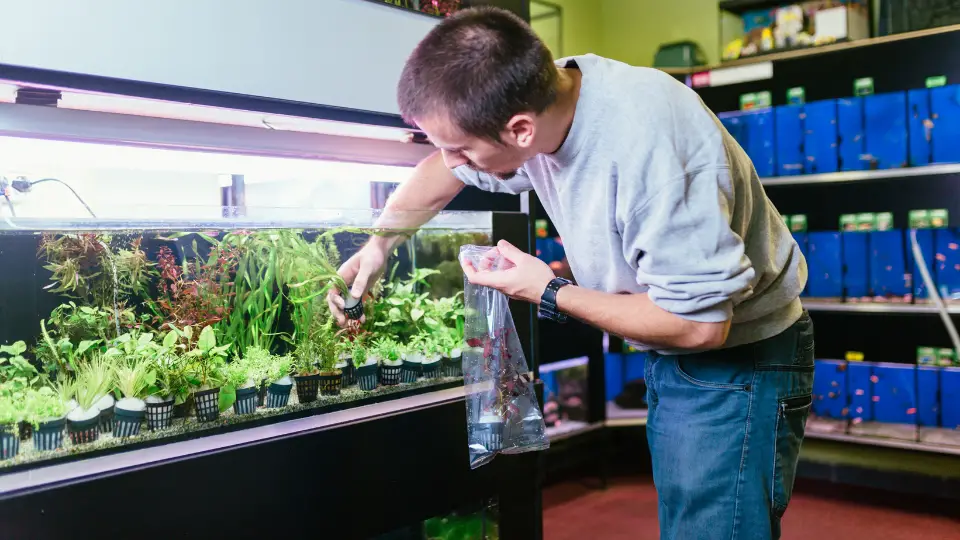
Origins Of Bolbitis Aquarium Plant
The Bolbitis aquarium plant originates from the tropical rainforests of West Africa. It can grow along stream banks, riverbanks, and even submerged water bodies such as lakes and ponds.
Due to its adaptation to these wet environments, it thrives well in aquariums and freshwater tanks.
Different Varieties Of Bolbitis Aquarium Plant
Several varieties of Bolbitis aquarium plants are popular among aquarists.
These varieties include:
- Bolbitis heudelotii: This is the most common variety known for its long and narrow fronds reaching up to 50 centimeters. It adds a touch of elegance to any aquarium.
- Bolbitis heteroclita: This variety has broader fronds than Bolbitis heudelotii and is known for its attractive rough texture. It can grow up to 20 centimeters in length.
- Bolbitis difformis: The fronds of this variety are smaller and more delicate, making it a popular choice for smaller aquariums or as a foreground plant.
Overall, the Bolbitis aquarium plant is a stunning addition to any aquarium with its captivating appearance and easy care requirements. Whether you prefer the long and narrow fronds of Bolbitis heudelotii or the unique texture of Bolbitis heteroclita, these plants will surely enhance the natural beauty of your aquatic environment.
Benefits Of Adding Bolbitis Aquarium Plant To Your Tank
Discover the numerous benefits of incorporating the Bolbitis Aquarium Plant into your tank. Its vibrant appearance, ability to oxygenate the water, and natural filtration properties make it an excellent choice for aquarium enthusiasts.
Bolbitis Aquarium Plant is a wonderful addition to any fish tank, offering a range of benefits that will enhance the visual appeal and the overall health of your aquatic environment.
Let’s explore the top three benefits of adding Bolbitis Aquarium Plant to your tank.
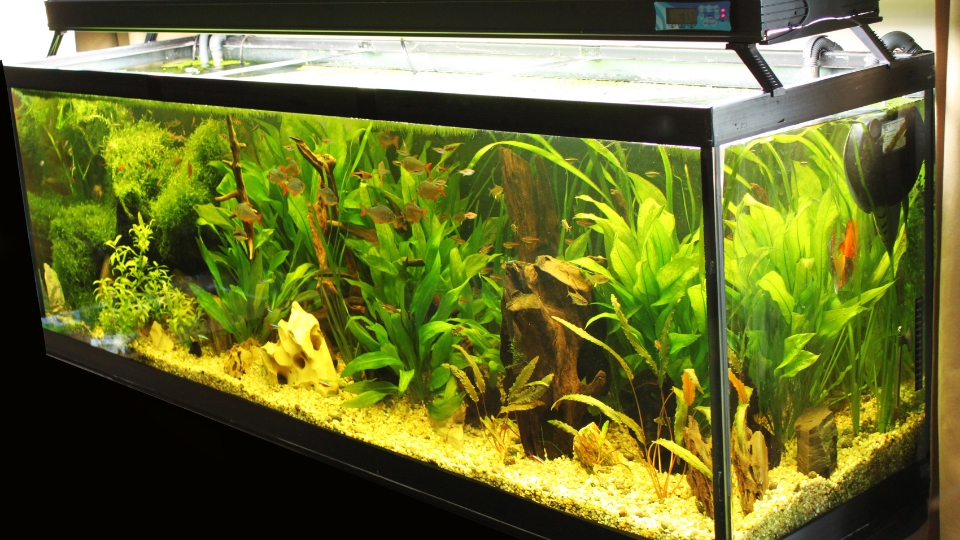
Improved Water Quality
Add Bolbitis Aquarium Plant to your tank and experience a significant improvement in water quality. These plants act as natural filters, continuously removing harmful substances such as nitrates, ammonia, and excess nutrients from the water.
By doing so, they create a healthier and more stable aquatic environment for your fish and other inhabitants.
Natural Habitat For Fish
Bolbitis Aquarium Plant provides a natural habitat for your fish, closely resembling their native environment. The lush green leaves and delicate branches mimic the plants found in rivers and streams, making your fish feel more secure and comfortable.
The plant also provides hiding spots, making it an ideal choice for shy or territorial fish species, ultimately reducing stress levels in your tank.
Aesthetically Pleasing Decoration
Not only does Bolbitis Aquarium Plant offer practical benefits, but it also enhances the visual appeal of your aquarium. The vibrant green color and unique leaf structure of the Bolbitis Aquarium Plant create a striking contrast against the backdrop of colorful fish.
Whether you have a freshwater or a planted tank, the addition of the Bolbitis Aquarium Plant will surely elevate the aesthetics, transforming your tank into a captivating underwater landscape.
How To Care For Bolbitis Aquarium Plant
Bolbitis Aquarium Plant care is essential for a thriving aquatic environment. With proper lighting, water conditions, and regular pruning, you can ensure the health and beauty of your Bolbitis Aquarium Plant.
Proper care is essential to ensure the health and beauty of your Bolbitis Aquarium Plant. By understanding its lighting, temperature, water parameters, planting and propagation techniques, nutrient requirements, and how to deal with common pests and diseases, you can create an optimal environment to help your Bolbitis thrive.

Lighting And Temperature Requirements
Bolbitis Aquarium Plant is a low-light plant that prefers moderate levels of lighting. Placing it in direct sunlight can lead to leaf burn, so it is best to provide it with indirect or filtered light.
The ideal temperature for Bolbitis ranges from 72 to 82°F (22 to 28°C), making it suitable for most tropical aquarium setups.
Water Parameters
The Bolbitis Aquarium Plant thrives in a wide range of conditions regarding water parameters. It can tolerate pH levels ranging from slightly acidic to slightly alkaline, typically between 6.0 and 7.5.
The water hardness can vary, but it is important to note that soft water is ideal. Aim for a dKH (carbonate hardness) level between 3 and 8.
Planting And Propagation Techniques
Planting the Bolbitis Aquarium Plant is relatively straightforward. Attach the plant’s rhizome (horizontal stem) to driftwood or rocks using a fishing line or cotton thread. Avoid burying the rhizome in the substrate, as it can rot. The plant will gradually attach itself to the surface.
To propagate Bolbitis, separate the daughter plants that grow from the rhizome and attach them to a suitable surface.
Nutrient Requirements
Bolbitis Aquarium Plant benefits from regular nutrient supplementation. Provide it with a balanced liquid fertilizer that includes essential macronutrients such as nitrogen (N), phosphorus (P), and potassium (K).
Additionally, trace elements like iron (Fe), manganese (Mn), and calcium (Ca) are important for healthy growth. Follow the product instructions for dosage and frequency of application.
Dealing With Common Pests And Diseases
Bolbitis Aquarium Plant is generally resistant to pests and diseases but occasionally encounters issues. One common problem is the presence of algae.
To combat algae growth, maintain a balanced lighting period and use a combination of algae-eating fish and snails. Remove the affected leaves to prevent the spread if you notice any signs of disease or pest infestation.
By providing the right lighting, temperature, water parameters, and nutrients, as well as promptly addressing any issues, you can ensure the well-being of your Bolbitis Aquarium Plant and enjoy its stunning presence in your aquarium.
Bolbitis Aquarium Plant Maintenance
Maintaining your Bolbitis aquarium plant is essential to ensure its health and vibrant growth. Following proper care practices, you can enjoy a stunning underwater display that amazes any onlooker.
This section will discuss the key aspects of Bolbitis aquarium plant maintenance, including pruning and trimming, algae control, and fertilization with supplemental CO2.
Pruning And Trimming
Regular pruning and trimming are crucial to keep your Bolbitis aquarium plant tidy and prevent it from overshadowing other plants. These simple maintenance tasks help maintain the plant’s shape and promote healthy growth.
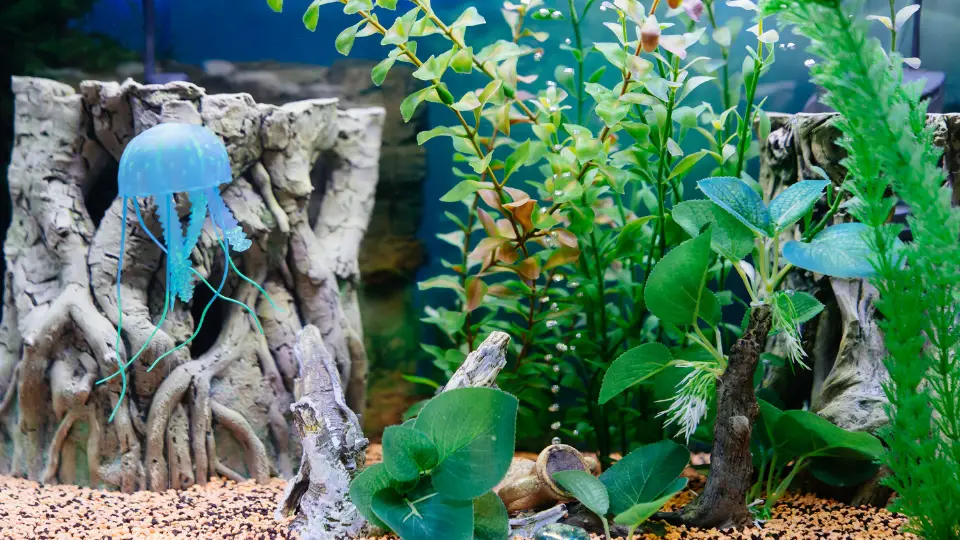
Here are some essential tips for pruning and trimming your Bolbitis aquarium plant:
- Use clean and sharp scissors or pruning shears to avoid damaging the plant.
- Trim brown or damaged leaves close to the base of the plant.
- Remove any yellowing or decaying leaves to prevent nutrient depletion and the spread of diseases.
- Prune excessive growth to maintain the desired size and shape of the plant.
Algae Control
Algae growth can be a common challenge in any aquarium, and controlling it is essential for the health of your Bolbitis plant. Excessive algae can hinder the plant’s growth and rob it of vital nutrients.
Here are some effective strategies to control algae in your Bolbitis aquarium:
- Maintain a consistent lighting period suitable for the needs of your Bolbitis plant.
- Ensure proper water circulation to prevent stagnant areas where algae can thrive.
- Regularly clean the aquarium glass, removing any algae build-up.
- Control nutrient levels like phosphate and nitrate through regular water changes and proper filtration.
Fertilization And Supplemental Co2
Bolbitis aquarium plants require adequate nutrients and carbon dioxide (CO2) to thrive and display their best foliage. While fish waste and decaying matter provide some nutrients, supplementing with additional fertilization and CO2 can greatly enhance their growth.
Consider the following tips for fertilizing and adding supplemental CO2:
- Choose a high-quality liquid or substrate fertilizer specifically formulated for aquarium plants.
- Follow the manufacturer’s instructions to ensure proper dosage and application.
- Consider using a CO2 system to provide the necessary carbon dioxide for the plants, promoting healthy growth.
- Monitor nutrient levels regularly and adjust fertilization and CO2 supplementation accordingly.
Combining Bolbitis Aquarium Plant With Other Aquatic Plants
When creating an aquascape, choosing plants is crucial to achieving a balanced and visually appealing underwater environment.
With its unique and elegant appearance, the Bolbitis aquarium plant can be a fantastic addition to your tank. Combining Bolbitis with other aquatic plants creates a captivating underwater landscape.
This section will explore compatible plant species and design ideas for aquascaping with the Bolbitis aquarium plant.
Compatible Plant Species
When combining Bolbitis aquarium plants with other plants, choosing species with similar environmental requirements is essential. This ensures that all plants thrive and create a harmonious underwater ecosystem.
Here are some compatible plant species that pair well with Bolbitis:
- Anubias Nana Petite
- Java Fern
- Mosses (such as Christmas Moss or Java Moss)
- Microsorum Pteropus (Java Fern Windelov)
- Cryptocoryne wendtii
- Hygrophila corymbosa
By combining Bolbitis with these plants, you can create an aesthetically pleasing aquascape that offers a variety of textures, shapes, and colors.
Design Ideas For Aquascaping With Bolbitis Aquarium Plant
Aquascaping with the Bolbitis aquarium plant opens up a world of creative possibilities. Here are some design ideas to inspire you:
- Foregrounds: Place a carpeting plant like Hemianthus callitrichoides (Dwarf Baby Tears) in the foreground, accompanied by Bolbitis as a mid-ground or background focal point.
- Anchoring on Hardscape: Bolbitis can be attached to driftwood, rocks, or other hardscape elements to create a captivating focal point in your aquascape.
- Creating Texture: Pair Bolbitis with plants like Java Fern and mosses to add texture and dimension to your aquascape.
- Contrasting Colors: Combine Bolbitis with plants with contrasting colors, such as Cryptocoryne Wendtii with its vibrant red hues, to create an eye-catching aquarium display.
By considering these design ideas and experimenting with different combinations, you can create a unique and visually stunning aquascape that showcases the beauty of the Bolbitis aquarium plant.
Choosing The Right Tankmates For Bolbitis Aquarium Plant
When creating a thriving aquarium, choosing the right tankmates for your Bolbitis aquarium plant is crucial. The companions you select can greatly impact the health and beauty of your aquatic environment.
To help you make informed decisions, we have compiled a list of fish and invertebrate species suitable for Bolbitis aquarium plant tanks and a list of tankmates to avoid that may cause damage or uproot the plant.

Fish And Invertebrate Species Suitable For Bolbitis Aquarium Plant Tanks
The following fish and invertebrate species are compatible tankmates for Bolbitis aquarium plants. By choosing these species, you can create a harmonious environment where your Bolbitis thrives:
- Guppy (Poecilia reticulata)
- Neon Tetra (Paracheirodon innesi)
- Cherry Shrimp (Neocaridina davidi)
- Otocinclus Catfish (Otocinclus spp.)
- Bristlenose Pleco (Ancistrus spp.)
These species have been known to peacefully coexist with Bolbitis without causing any harm to the plant. Their small size and gentle nature make them ideal tankmates, allowing the Bolbitis to grow and thrive undisturbed.
Avoiding Tankmates That May Damage Or Uproot The Plant
While some tankmates are suitable for Bolbitis, there are certain species to avoid, as they may cause damage or uproot the plant. To ensure the health and longevity of your Bolbitis, avoid the following tankmates:
- Large Cichlids (e.g., Oscars, Jack Dempseys)
- Arowanas (Osteoglossum spp.)
- Goldfish (Carassius auratus)
- Plecostomus (Hypostomus plecostomus)
- Crabs (e.g., Red Claw Crab, Vampire Crab)
These species are known to be aggressive or tend to dig and uproot plants, which can be detrimental to Bolbitis. By avoiding these tankmates, you can protect the integrity of your Bolbitis aquarium and ensure the plant remains healthy and undisturbed.
Troubleshooting Common Issues With the Bolbitis Aquarium Plant
If you’re a proud owner of Bolbitis aquarium plants, you may occasionally encounter some common issues that could impact the health and appearance of your plant. Understanding these problems and their solutions is crucial to maintaining a thriving underwater ecosystem.
This section will discuss three common issues you may face with your Bolbitis aquarium plant and how to troubleshoot them effectively.
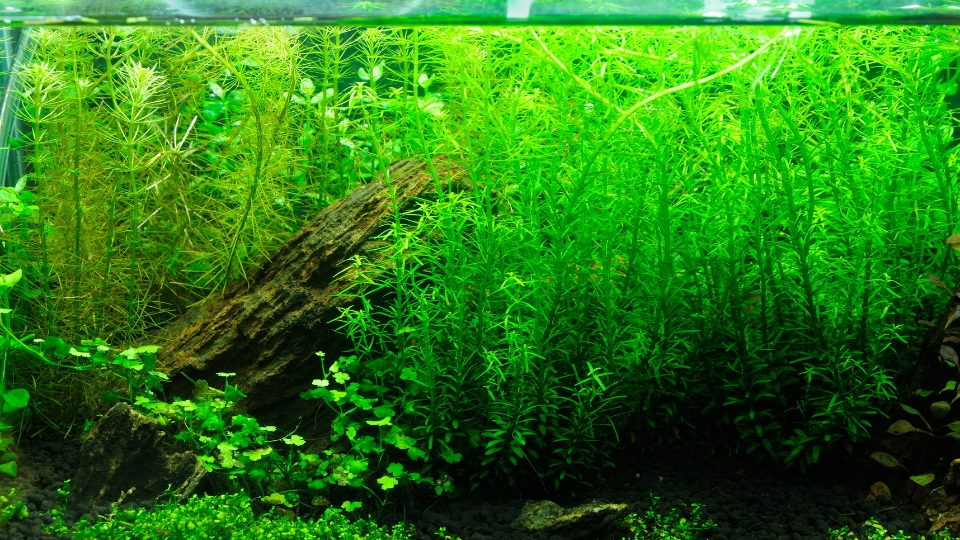
Melting Or Dying Leaves
Melting or dying leaves can signify stress or an unfavorable environment for your Bolbitis aquarium plant. This issue can occur for various reasons, such as inadequate lighting, improper water parameters, or changes in water conditions.
To address this problem:
- Ensure your Bolbitis aquarium plant is provided with sufficient lighting. Low light intensity can cause weakened or dying leaves. Consider installing a high-quality aquarium light with the appropriate spectrum for optimal plant growth.
- Check and maintain appropriate water parameters such as temperature, pH, and hardness. Bolbitis plants prefer slightly acidic to neutral water, with a pH range of 6.5 to 7.5. Use a reliable water testing kit to monitor and adjust these parameters.
- Monitor any changes in water conditions, such as sudden temperature fluctuations or poor water quality. Regularly perform water changes and ensure proper filtration to maintain your Bolbitis plant’s stable and clean environment.
Slow Growth Or Yellowing Leaves
If your Bolbitis plant exhibits slow growth or develops yellow leaves, it may indicate nutrient deficiencies or insufficient carbon dioxide levels in the aquarium.
To address this issue:
- Supplement your aquarium with a high-quality liquid fertilizer specifically formulated for aquatic plants. Ensure the fertilizer contains essential nutrients such as nitrogen, phosphorus, and potassium, crucial for healthy plant growth.
- Consider using a carbon dioxide (CO2) system to provide additional CO2 for your Bolbitis plants. CO2 is an important element for photosynthesis, and its deficiency can lead to slow growth and yellowing leaves. A CO2 system helps maintain the recommended CO2 levels and promotes vigorous plant growth.
- Regularly trim and remove any unhealthy or yellowing leaves from your Bolbitis plant. This helps redirect nutrients to healthier parts of the plant and stimulates new growth.
Algae Overgrowth
Algae, including those with Bolbitis plants, can be a common problem in aquariums. It can overwhelm your Bolbitis plant, hindering its growth and aesthetic appeal.
To prevent and control algae overgrowth:
- Ensure proper lighting duration and intensity. Excessive or prolonged lighting can contribute to algae growth. Adjust your aquarium lighting to your Bolbitis plant’s recommended duration and intensity.
- Implement a regular maintenance routine that includes removing algae manually using an aquarium cleaning tool or a clean cloth. Regular water changes and proper filtration also help maintain water quality and prevent excessive nutrient buildup that could fuel algae growth.
- Consider adding some algae-eating fish or invertebrates to your aquarium. Certain species, such as Siamese algae eaters or Amano shrimp, feed on algae and help control its growth.
By effectively troubleshooting these common issues, you can ensure the health and vitality of your Bolbitis aquarium plant. Remember to regularly monitor and provide the necessary care to create an optimal environment for your aquatic flora.
Successful Bolbitis Aquarium Plant Examples
The Bolbitis aquarium plant can be a game-changer when creating a stunning aquarium. Its unique appearance and low-maintenance nature make it a popular choice among aquarists.
In this section, we will explore some inspiring aquascape designs that showcase the beauty of the Bolbitis aquarium plant.
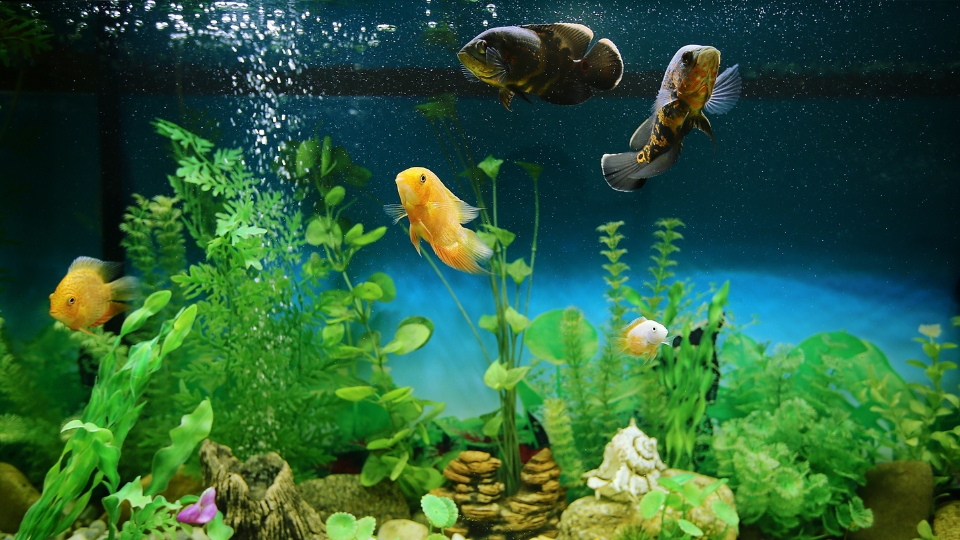
Inspiring Aquascape Designs Featuring Bolbitis Aquarium Plant
1. Jungle Paradise:
Create a lush and vibrant underwater jungle by incorporating Bolbitis aquarium plants with other aquatic plants such as Cryptocoryne and Anubias. The dense foliage and varying heights of the Bolbitis plants provide a natural and visually appealing backdrop for your aquarium.
2. Driftwood Delight:
Combine Bolbitis plants with driftwood to create an eye-catching focal point in your aquarium. Arrange the plants around the driftwood, allowing the fronds to drape over it gently. This creates a captivating and natural look reminiscent of plants found in forest streams.
3. Rock Garden Oasis:
If you prefer a more minimalist design, consider pairing Bolbitis plants with rocks in your aquarium. Choose rocks of different sizes and shapes and position them strategically to create a visually pleasing arrangement.
The Bolbitis plants can be attached to the rocks, adding a touch of elegance to your aquascape.
4. Streamside Serenity:
Recreate the tranquility of a peaceful stream by incorporating Bolbitis plants alongside flowing water features in your aquarium. Using a water pump or air stone to create gentle currents gives the Bolbitis plants a natural swaying movement. This design creates a soothing and serene environment for you and your aquatic pets.
5. Terrarium Style:
If you want to take your aquascape to the next level, consider creating a terrarium-like setup with Bolbitis aquarium plants. Arrange the plants alongside mosses, ferns, and other humidity-loving plants. Combining different textures and shades of green will create a captivating display that brings a slice of nature into your living space.
Remember, when using Bolbitis aquarium plants, it’s crucial to provide them with proper lighting and water conditions. These plants thrive in moderately lit tanks with a pH level between 6.0 and 7.5. Ensure you regularly trim and maintain the plants to keep them looking their best.
Frequently Asked Questions On Bolbitis Aquarium Plant
How Do You Plant Bolbitis In An Aquarium?
To plant Bolbitis in your aquarium, start by attaching the rhizome to a rock or wood using a fishing line. Please place it in a well-lit area, avoiding direct sunlight. Ensure the roots are not buried but left exposed. Maintain proper water parameters, including temperature and pH.
Regularly trim the plant for optimal growth.
Can Bolbitis Grow Without Co2?
Yes, Bolbitis can grow without CO2. It is a low-demanding plant that can thrive in low-tech setups without additional CO2 supplementation.
How Big Does Bolbitis Grow?
Bolbitis can grow up to 12 inches in height, making it suitable for mid to background placement in aquariums.
Conclusion
The Bolbitis aquarium plant is a fantastic addition to any aquatic setup. Its unique appearance and low-maintenance requirements bring a touch of elegance to the tank. Whether you’re a beginner or an experienced aquarist, this plant will surely thrive and enhance your aquarium’s overall aesthetic.
Its ability to absorb excessive nutrients makes it a valuable asset for maintaining a healthy aquatic ecosystem. So why wait? Add the Bolbitis aquarium plant to your tank today and enjoy its beauty and benefits for years to come.
Video Source: https://www.youtube.com/watch?v=oLuM9rS8Q-E&t=137s

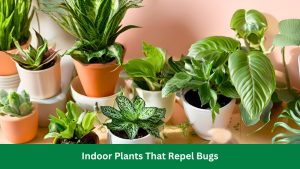

This article too helpful for us, And Im impressive for this type article. Carry On dude
Best Regards, Mark
Thank you so much.. And Keep Visiting
Dear Sir,
Thanks for This article, One Of the best article in SERP.
Best regards,
Bill Cooper.
Hehe , Thanks
Thanks Dear